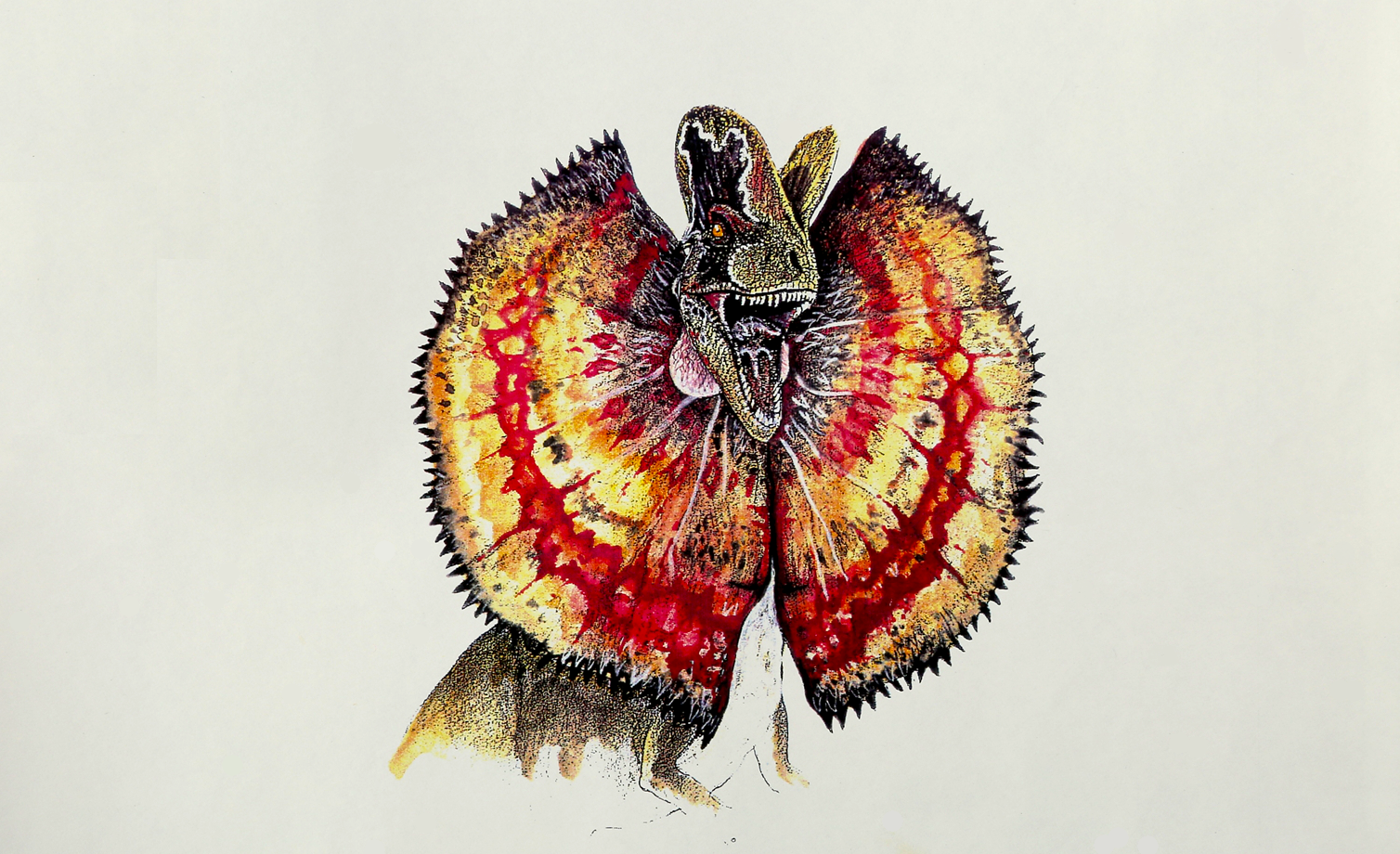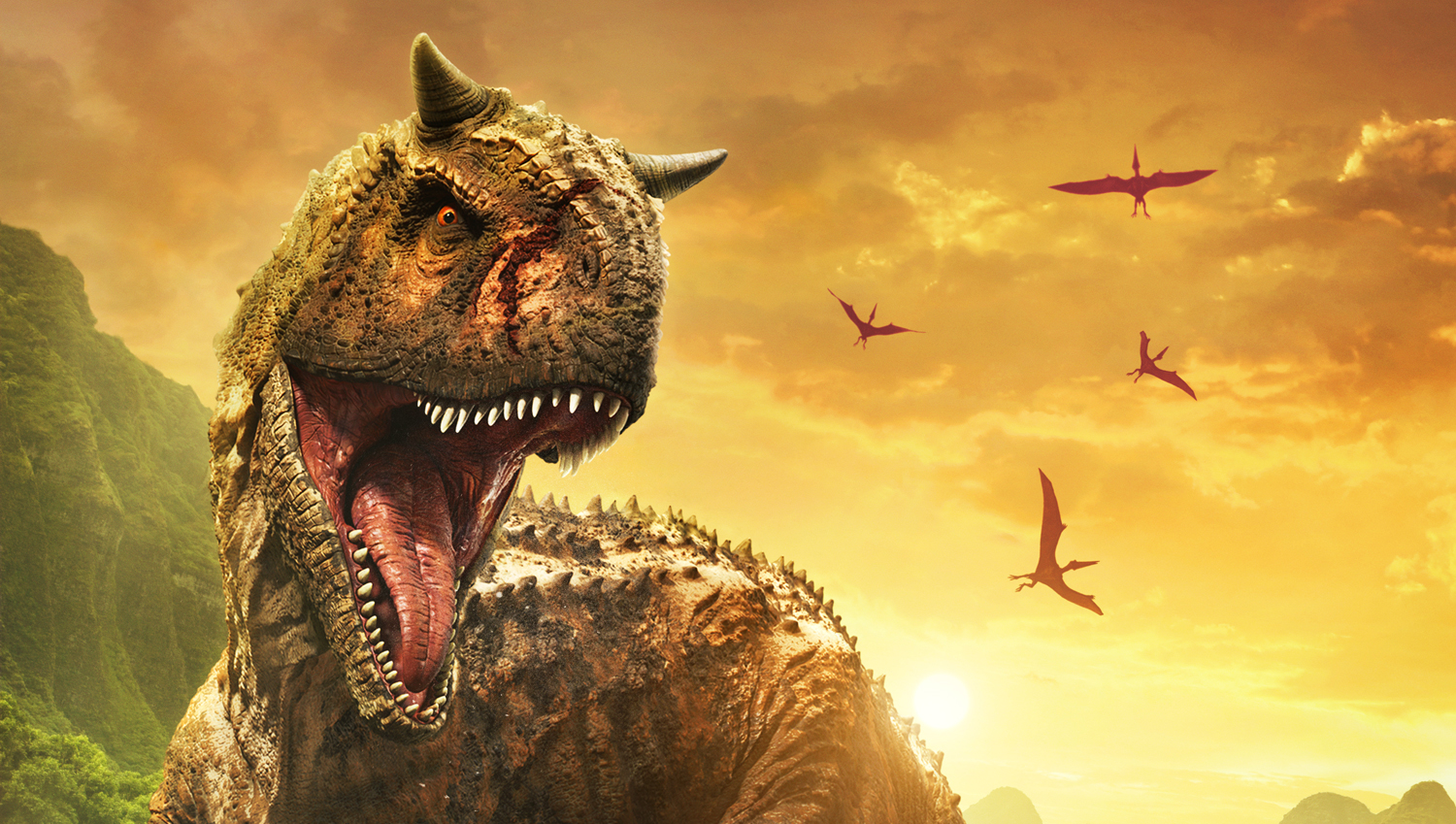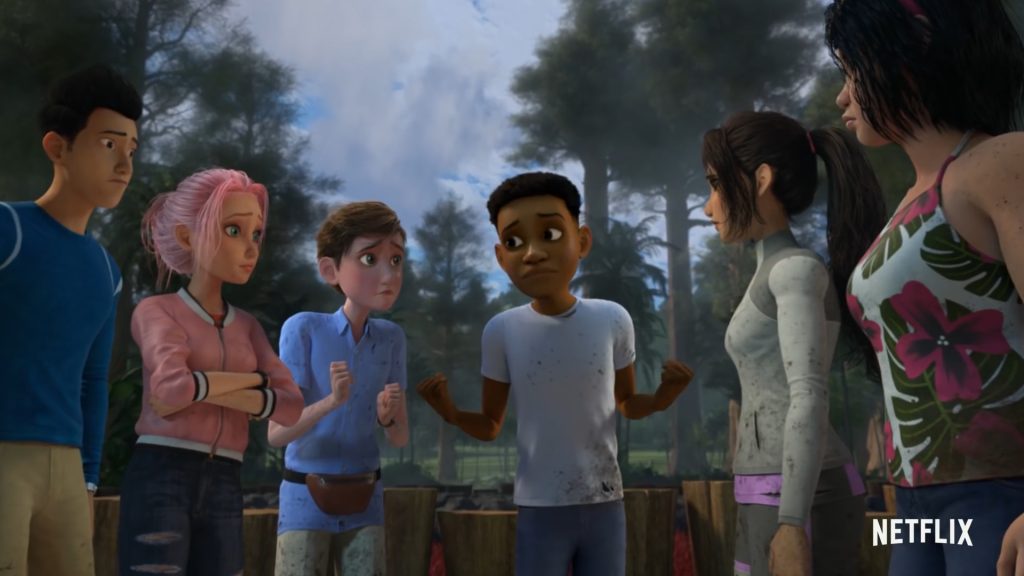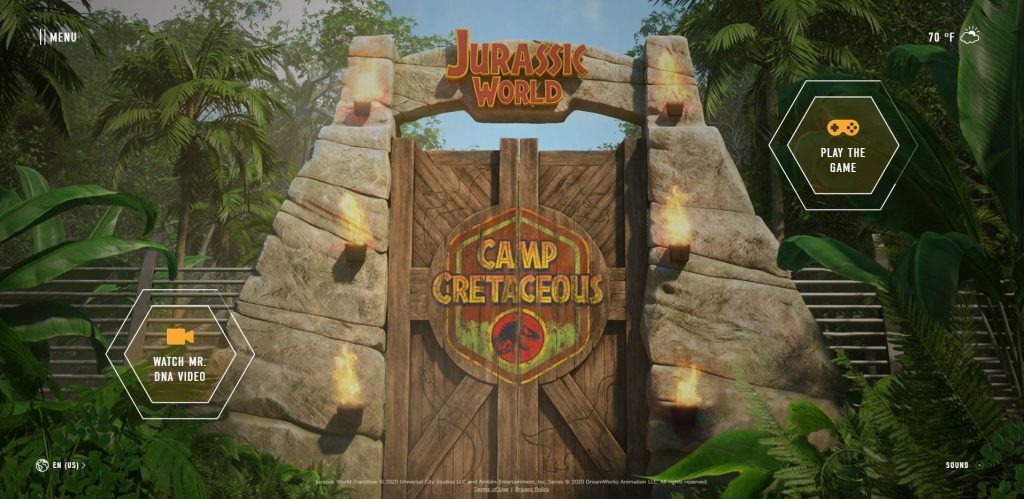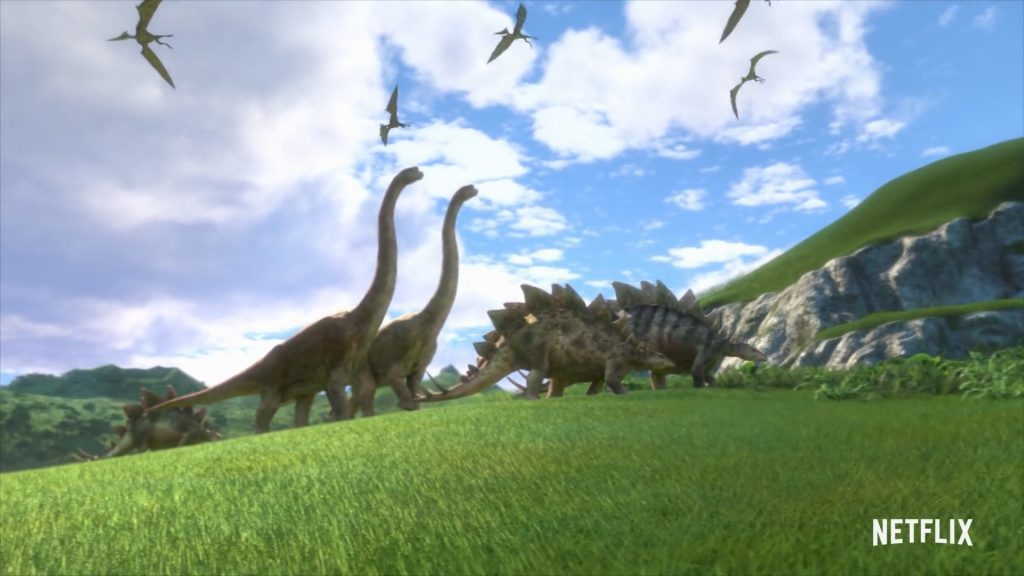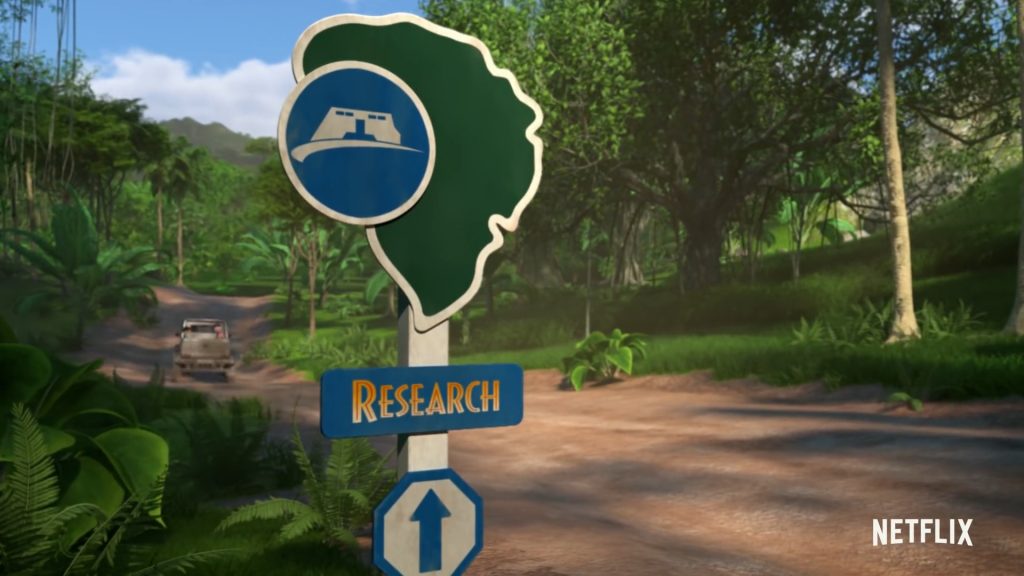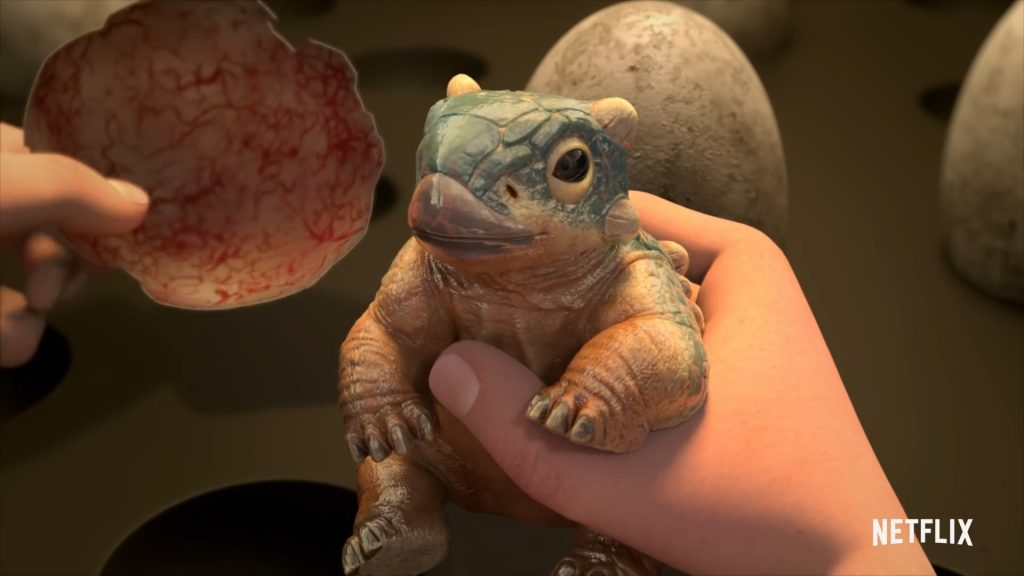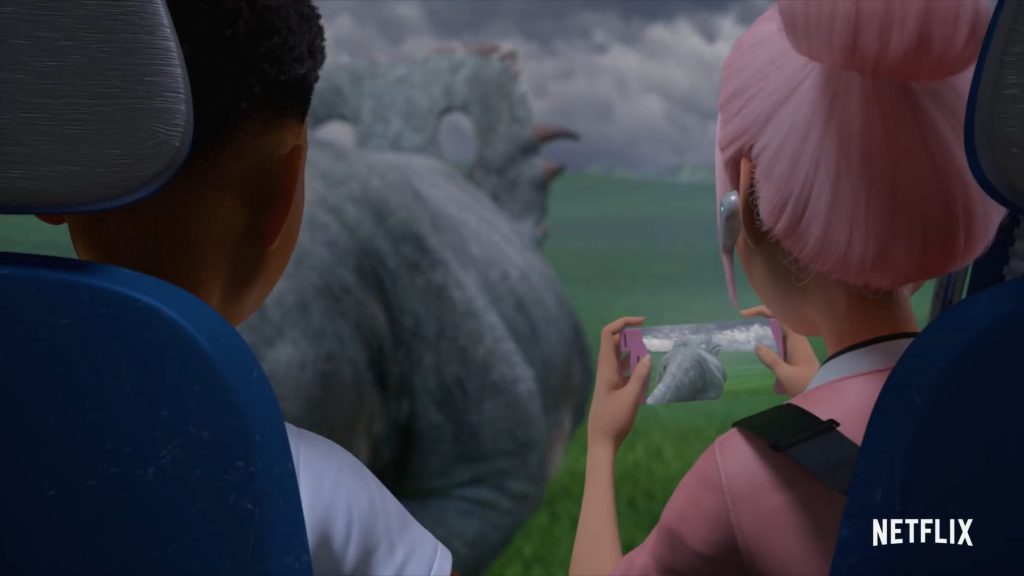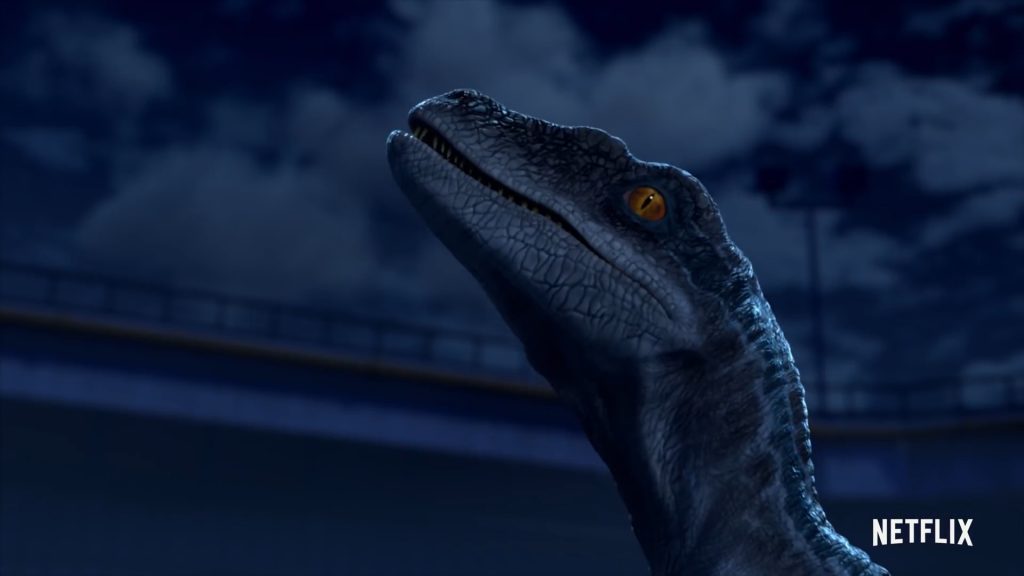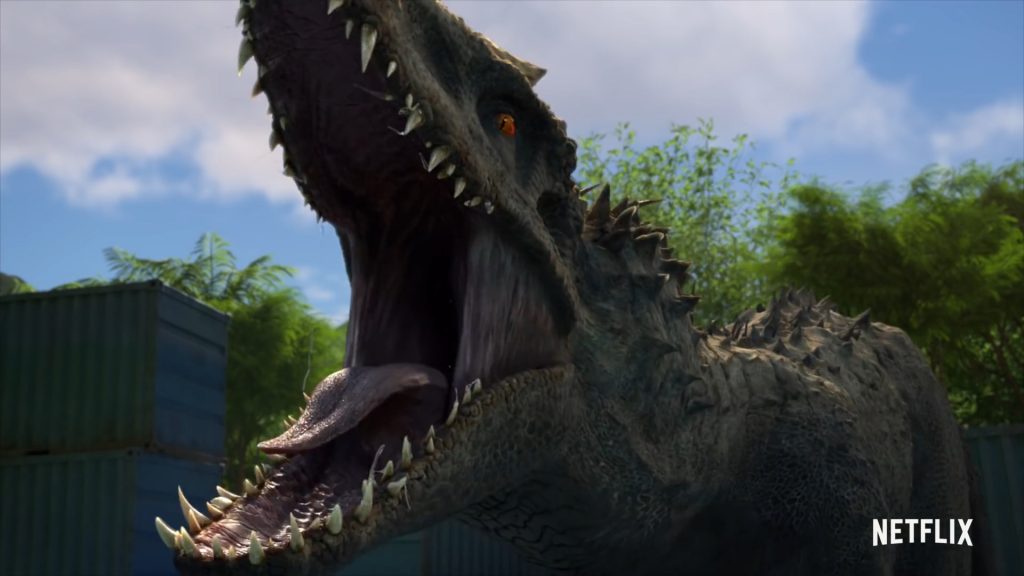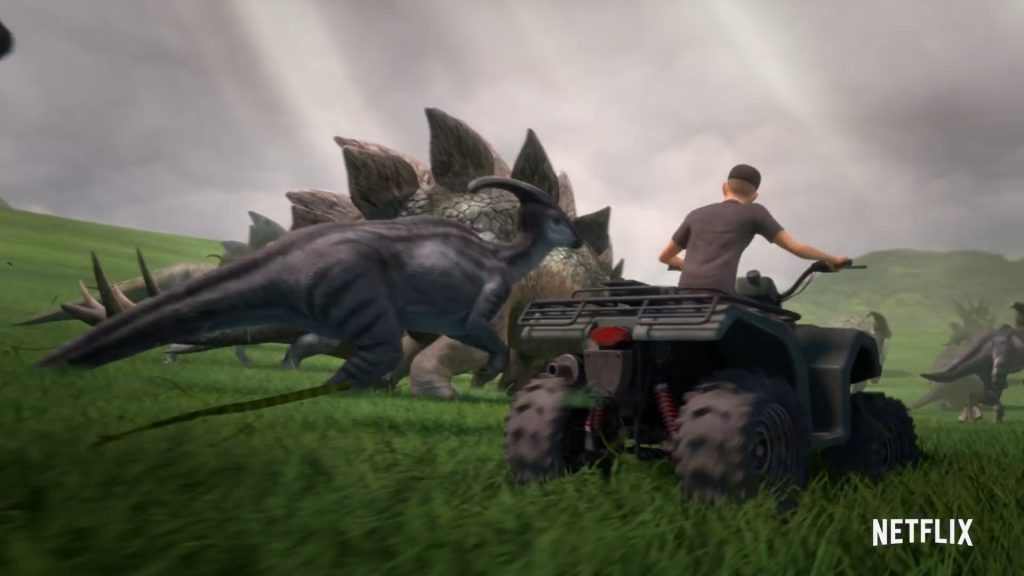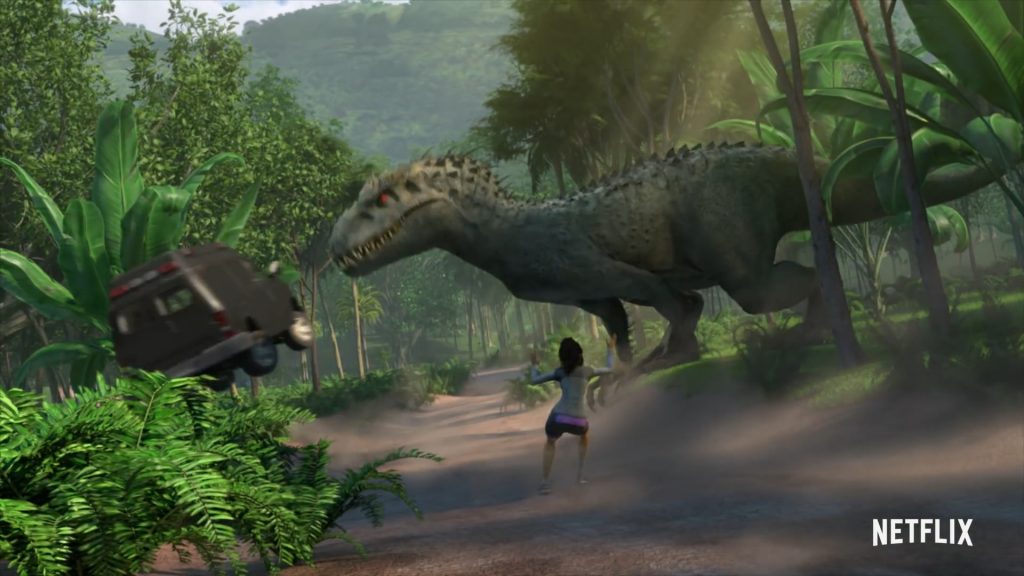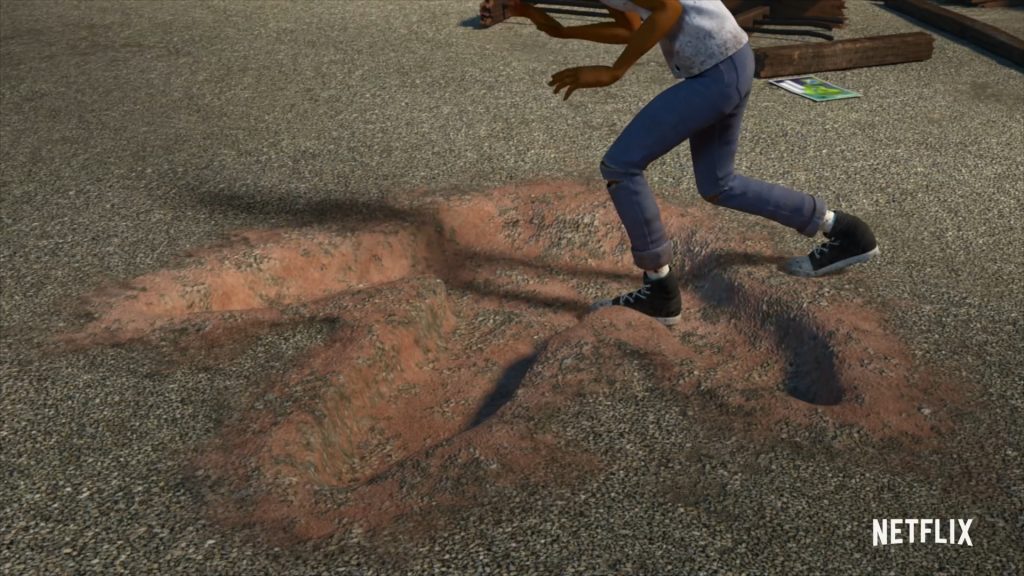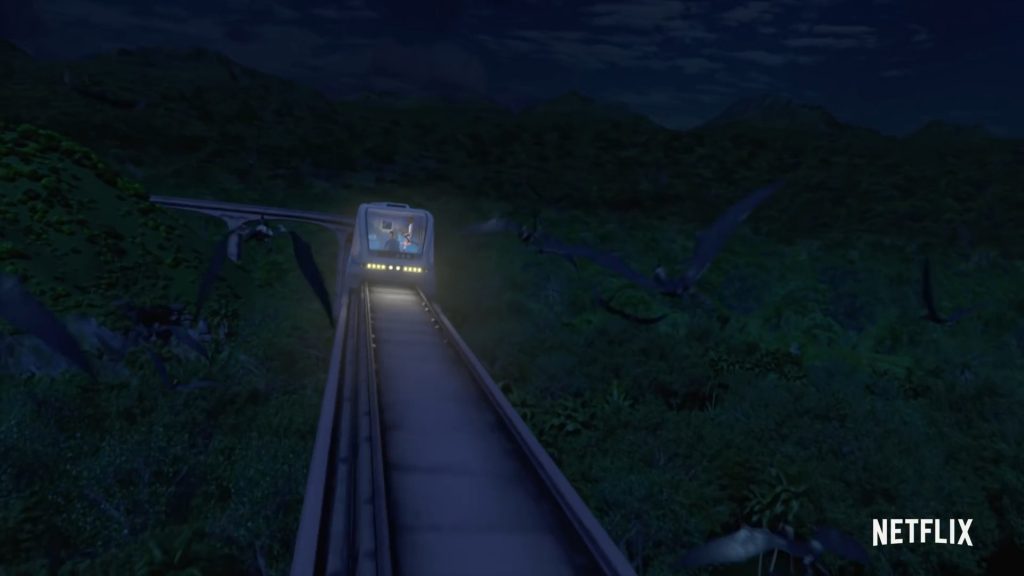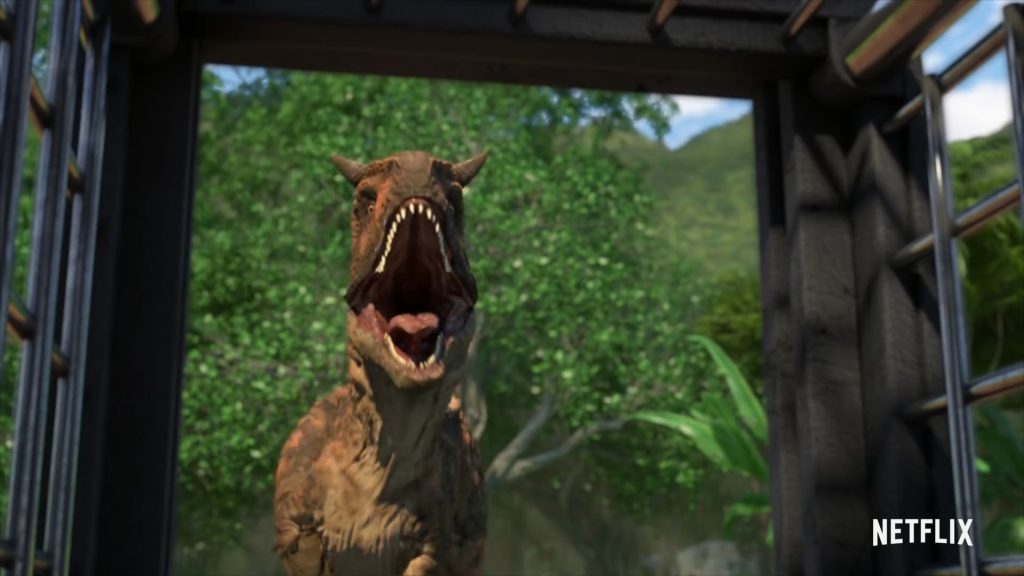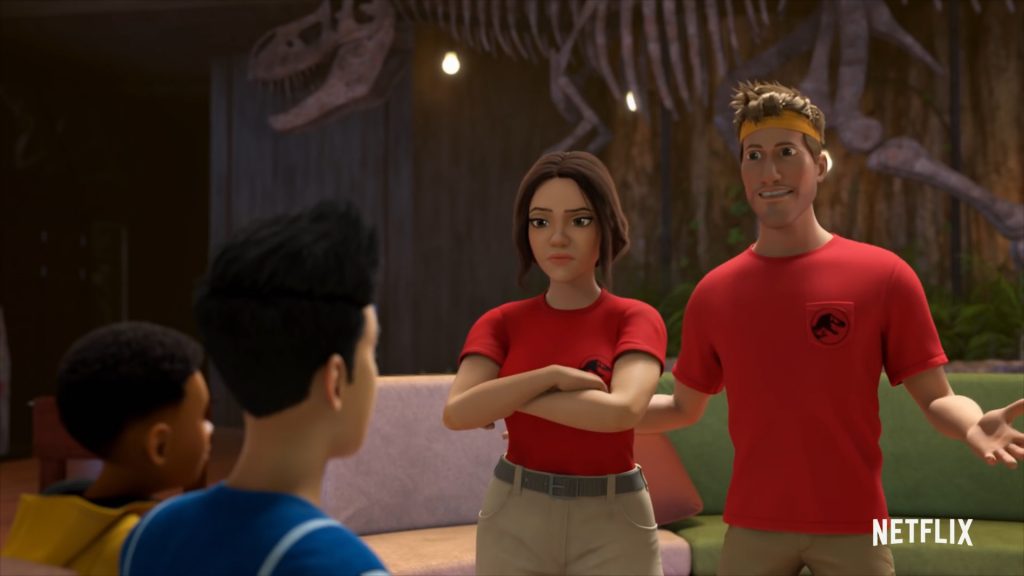The Dilophosaurus is arguably one of the most interesting dinosaurs seen in Jurassic Park, and while it doesn’t hold up as well scientifically as some of the other dinosaurs, the colourful frill and poisonous venom make it one of the more terrifying and unique encounters in the movie.
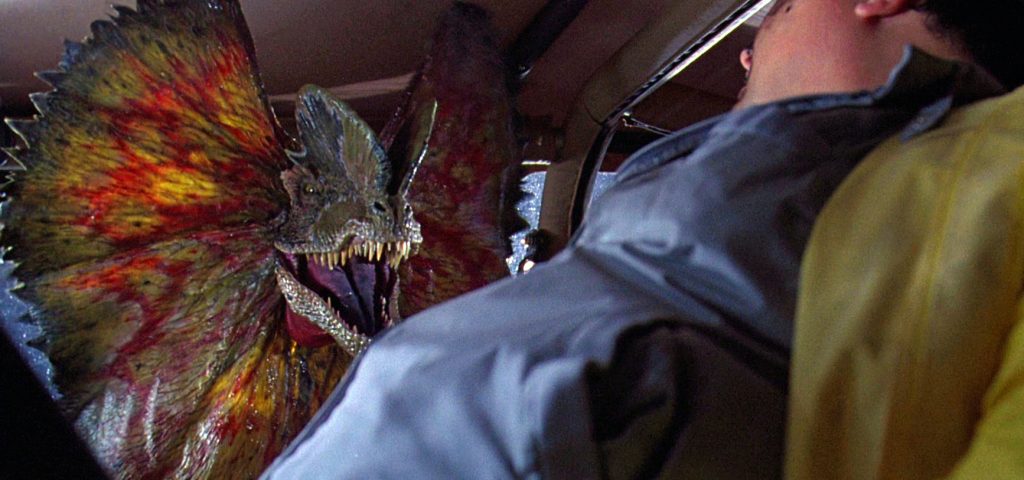
While the dinosaur has only appeared once in the franchise, a revival of this species is something many are hoping for in Jurassic World: Dominion. Until we see it on screen once again, we can only look back at original concept art and it’s original appearance and that is exactly what Jurassic Time have done.
And they’ve discovered something new. Hidden beneath the mouth of the juvenile Dilophosaurus that Dennis Nedry encounters is a venom sac, that was intended to inflate before the dinosaur spits the venom.
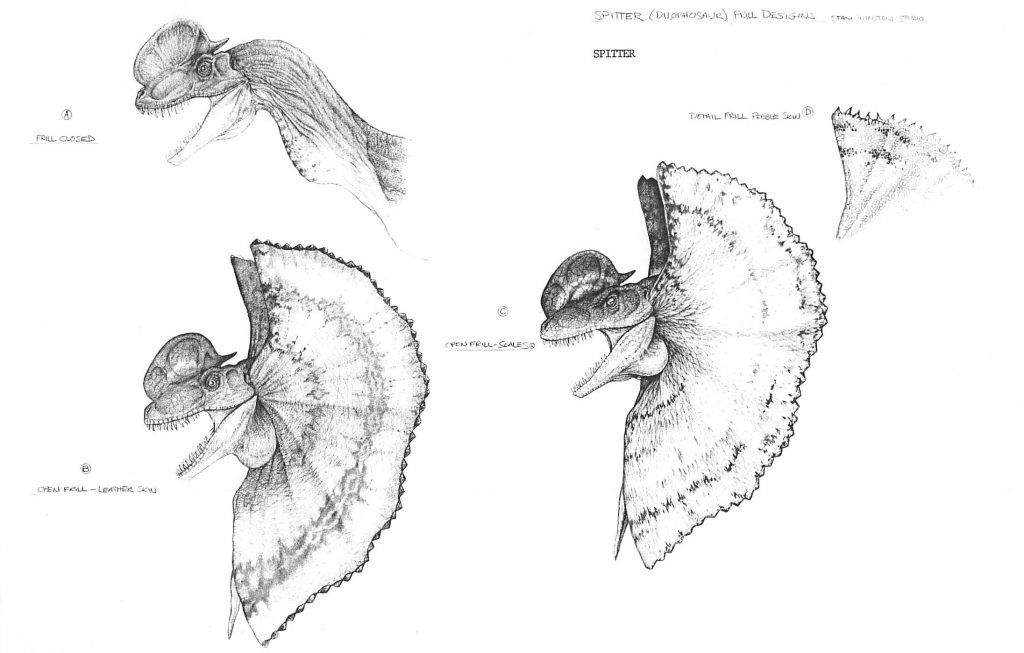
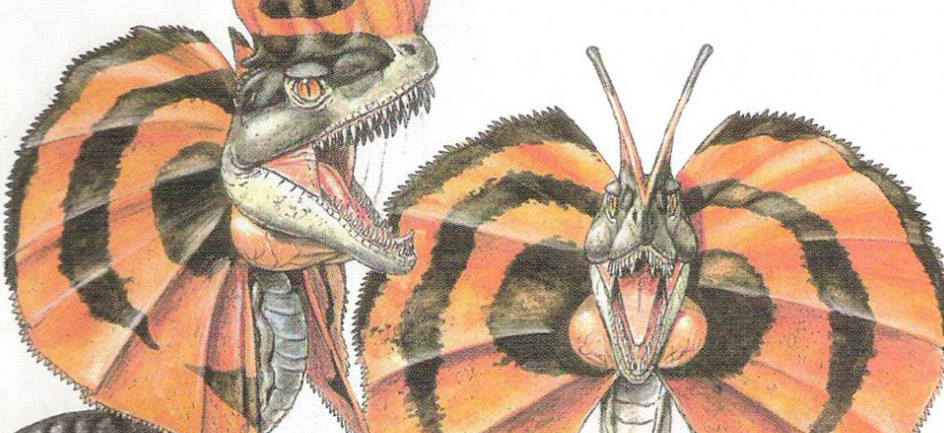
The original creator and puppeteer recently spoke with Bernard from Jurassic Time, revealing more about this mechanism that unfortunately failed on set. They had intended to film a close-up of the Dilophosaurus that showed the expansion of the frill and the mouth opening, the venom sacs filling up, and then the venom actually leaving the mouth. Instead, the shot cut away to a close-up Nedry’s face as the venom hit.
“When the Dilo spit, it worked but we tested in hot, dry air in our Van Nuys studio. Compressed air cools down rapidly as it expands during the ‘spit’. This cooling created a visible cloud of gas and gave away the gag in the cold/humid stage at Universal. They cut the film around it. But the mouth would open wide, the venom sac would sell up in its throat and the tongue would lift up like a serpent revealing the spit openings.“
He also detailed the mechanism behind the dinosaur’s tongue which originally would be seen moving.
“The tongue was a two stage tentacle mechanism and the base was on an ‘up/down’ pulley, too. The tentacles would allow the two sections of the tongue to move up and down and left and right independently of each other making it very serpent-like. Then, the base would rotate the tongue up to the top of the mouth to reveal the venom pits beneath.”
The full interview with Rick dives into the Dilophosaurs’ design and concepts through the production of Jurassic Park, which you can read here. Bernard has also put together a video that tells this story and showcases some of the concept art showing the venom sacks:
It’s a really interesting feature that never fully made it to the screen. The venom sacs can be hard to spot but are seen briefly on the Dilophosaurus when inside the car. The sacs can be seen on most of the concept art and storyboards too!
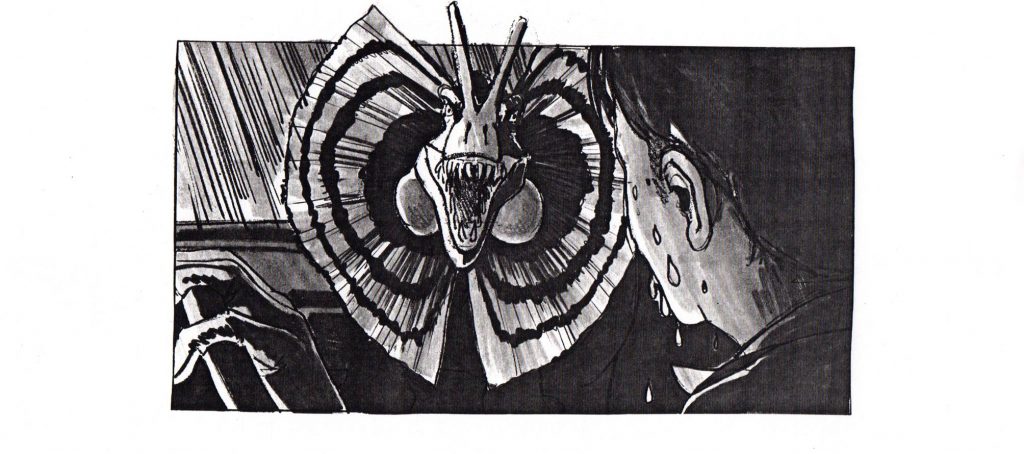
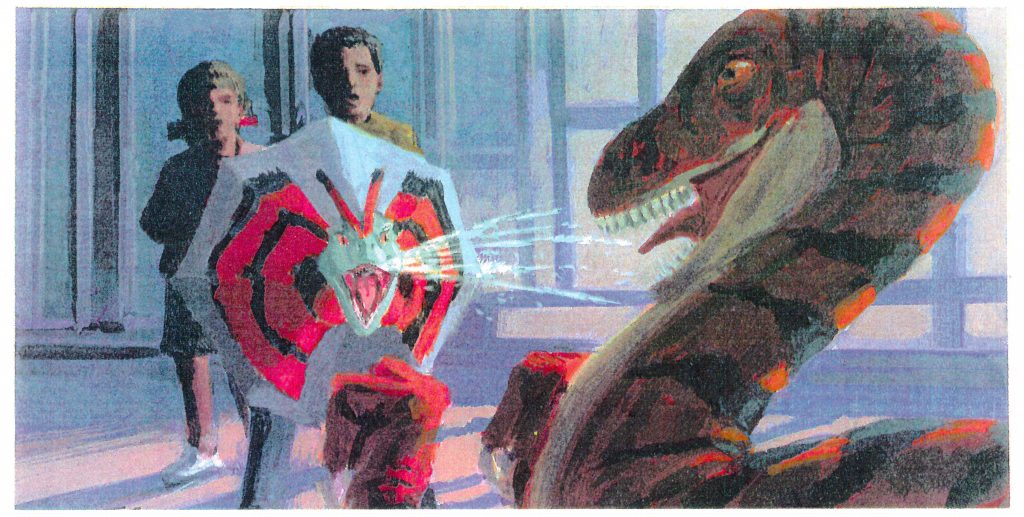
What do you make of this discovery, and had you noticed the venom sacs yourself? Are you hoping the Dilophosaurus returns in Jurassic World: Dominion? Let us know in the comments section down below, and a huge thanks to Jurassic Time for sharing this discovery with us!
